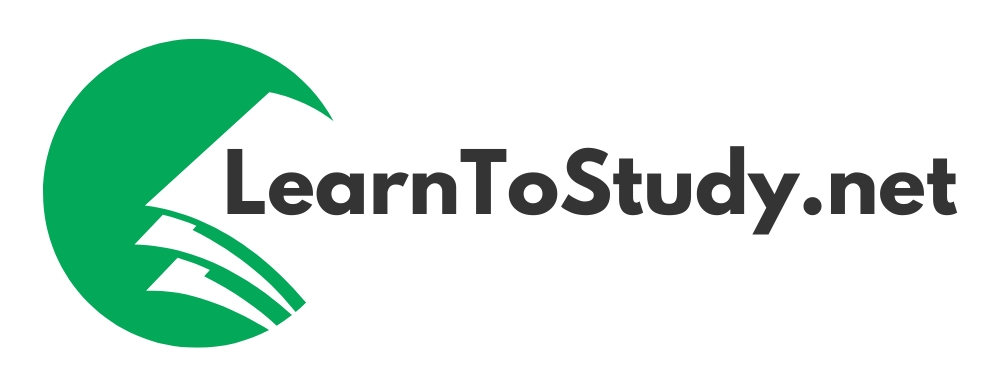
In the age of information ubiquity, the paradigm of learning has seen a seismic shift from structured classroom environments to the vast, interconnected universe of the internet. The surge in self-directed learning is evident, bolstered by countless online resources, courses, and platforms. At the heart of this modern learning era is the recognition of individual learning styles – the unique ways in which each of us absorbs, processes, and retains information.
While the classroom setting often imposes a one-size-fits-all approach, self-directed learning grants the autonomy to mold our educational experiences around our innate strengths and preferences. Recognizing and adapting to these styles is vital for optimizing learning outcomes.
Understanding Learning Styles: The Key to Personalized Learning
Famed for its emphasis on student autonomy, self-directed learning is rooted in the belief that learners can be the architects of their educational journey. The underpinning theory of learning styles plays a pivotal role in this.
Visual Learners
Predominantly relying on sight, visual learners flourish when presented with images, diagrams, charts, and other graphical representations. These individuals can quickly grasp concepts when visualized, making mind maps, infographics, and video content invaluable resources.
Auditory Learners
For auditory learners, hearing information is paramount. They thrive in lecture settings, discussions, and when listening to audio resources. Repetition through voice, music, or other auditory means can solidify their understanding.
Kinesthetic Learners
Experiential in nature, kinesthetic learners need to touch, feel, and immerse themselves in the learning experience. They benefit from hands-on activities, experiments, and real-world applications of knowledge.
Reading/Writing Learners
Deeply connected with textual information, these learners excel when reading and writing. Whether it’s journals, articles, books, or taking notes, the act of reading and writing reinforces their grasp of the subject matter.
The Importance of Recognizing Your Learning Style
Understanding your primary learning style can profoundly affect your self-directed learning journey. Here’s why:
- Efficiency: By catering to your dominant learning style, you streamline the learning process, ensuring that you assimilate information in the most effective way possible.
- Increased Retention: Studies have shown that aligning learning techniques with personal preferences can bolster information retention and recall.
- Motivation: When learning feels natural and intuitive, it boosts motivation and reduces the likelihood of feeling overwhelmed or frustrated.
- Adaptability: Recognizing your style allows you to adapt resources and materials accordingly. For instance, if an online course doesn’t cater to your auditory preference, you can supplement it with relevant podcasts or discussions.

Tailoring Your Learning Path: Strategies for Different Styles
To maximize the benefits of self-directed learning, it’s imperative to align your strategies with your dominant learning style:
Visual Learners
For those who absorb information best through imagery, colors, and spatial organization, focusing on graphical representations can make a significant difference.
- Use Visual Aids: Incorporate charts, diagrams, and infographics into your study materials.
- Watch Videos: Platforms like YouTube and educational websites offer a plethora of visual content on almost any topic.
- Mind Maps: A powerful tool to visually represent and connect complex ideas.
Auditory Learners
If you find sound, speeches, or discussions as your preferred medium, then auditory strategies can amplify your grasp on subjects.
- Leverage Podcasts: A multitude of educational podcasts cater to an array of subjects.
- Engage in Discussions: Join online forums, study groups, or local communities to discuss and debate topics.
- Voice Notes: Record summaries or explanations and replay them for thorough revision.
Kinesthetic Learners
Those with a strong inclination for tangible experiences or physical activities can derive immense value from hands-on learning techniques.
- Practical Applications: Seek out workshops, labs, or field trips that allow for hands-on experience.
- Use Physical Activities: Employ tactile methods like flashcards, or try rearranging pieces of information physically.
- Interactive Platforms: Seek out e-learning platforms that offer immersive quizzes, simulations, or virtual labs.
Reading/Writing Learners
If textual content, either reading or writing, deeply resonates with you, emphasizing these methods can elevate your learning experience.
- Maintain Detailed Notes: Write comprehensive summaries, outlines, and notes to enhance comprehension.
- Read Widely: Dive deep into articles, academic journals, and books on your subject of interest.
- Write to Learn: Consider starting a blog, journal, or even a discussion thread to reinforce and share your understanding.
Conclusion: The Autonomous Future of Learning
The landscape of education is evolving, and with it, the need to understand ourselves as learners. Self-directed learning, fueled by the internet’s vast resources, is granting learners the autonomy they’ve long yearned for. By recognizing our unique learning styles, we can not only harness the full potential of these resources but also pave the way for a more intuitive, fulfilling, and effective learning journey. In the grand tapestry of education, understanding and adapting to our learning style might just be the thread that ties it all together.

